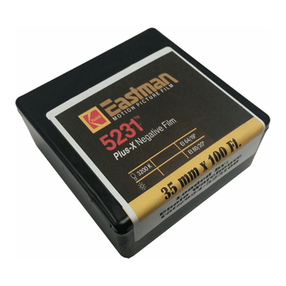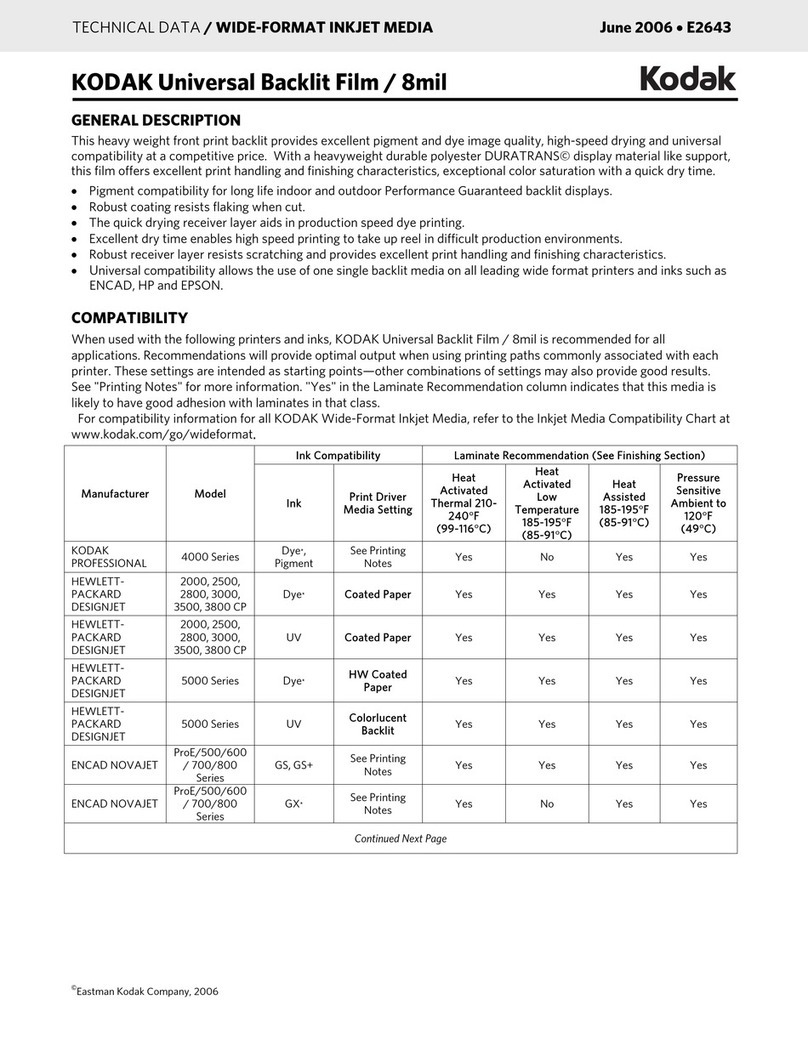Kodak EASTMAN 2366 Instruction manual
Other Kodak Camera Accessories manuals
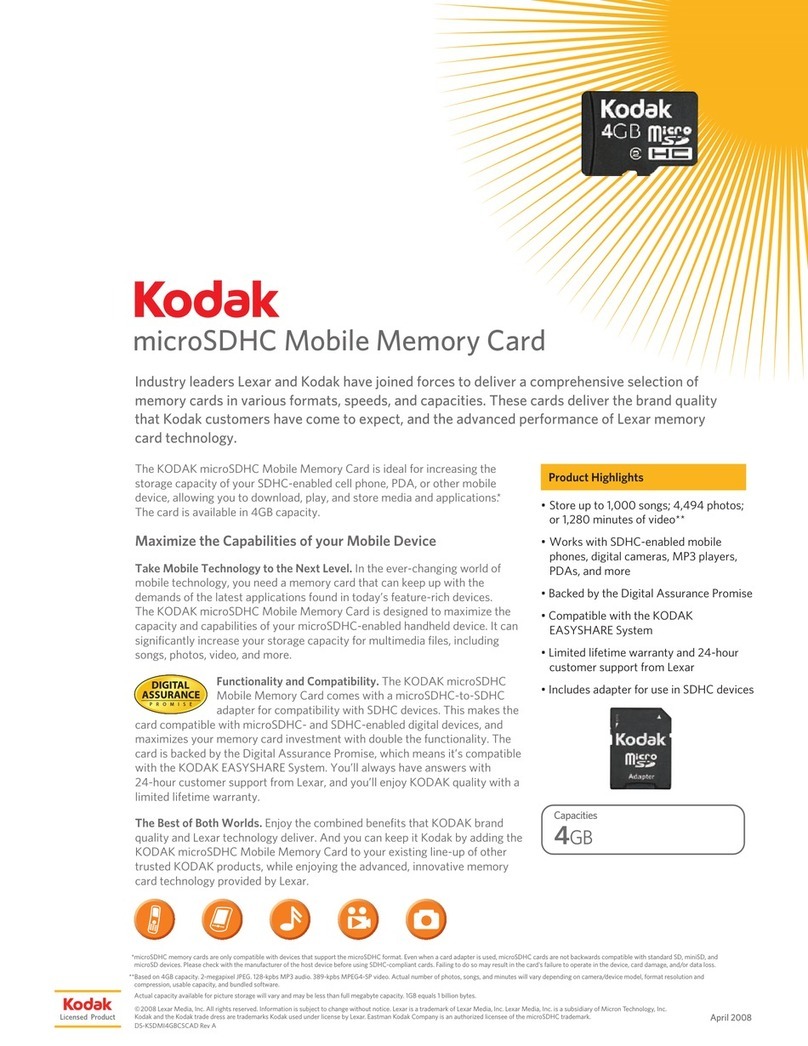
Kodak
Kodak DS KSDMI4GBCSCAD User manual

Kodak
Kodak PHOTO GEAR User manual
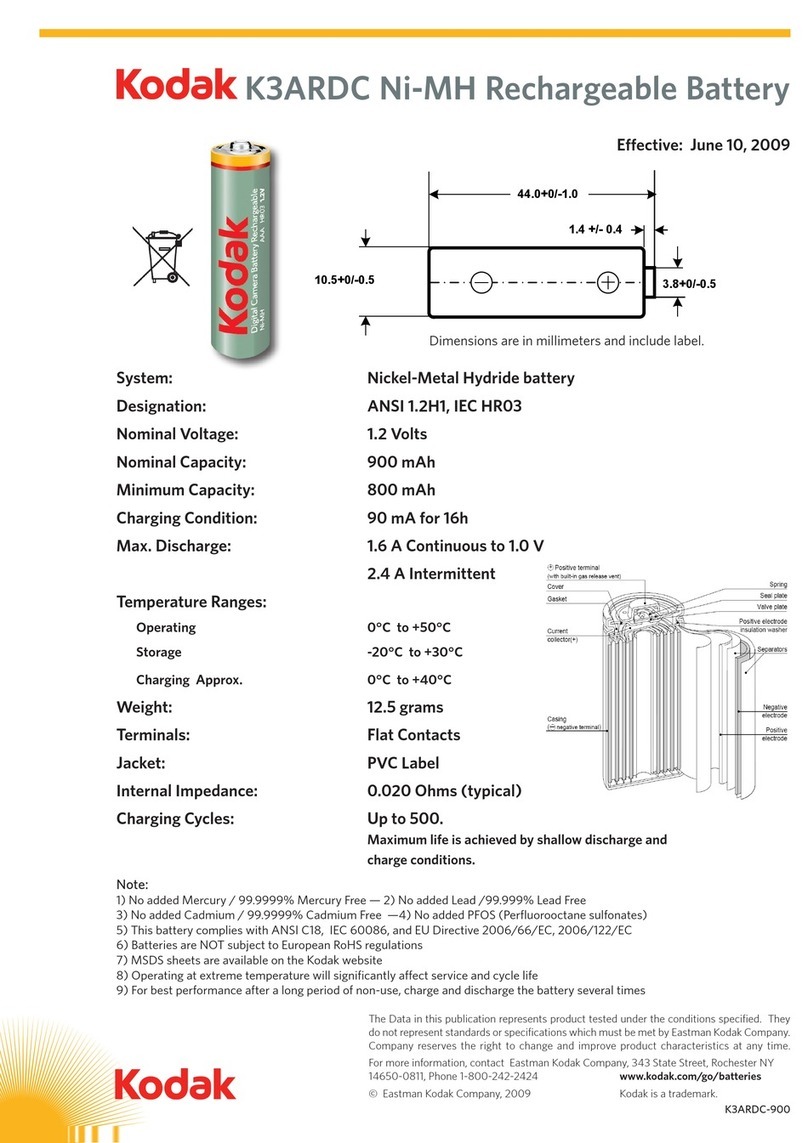
Kodak
Kodak K3ARDC User manual
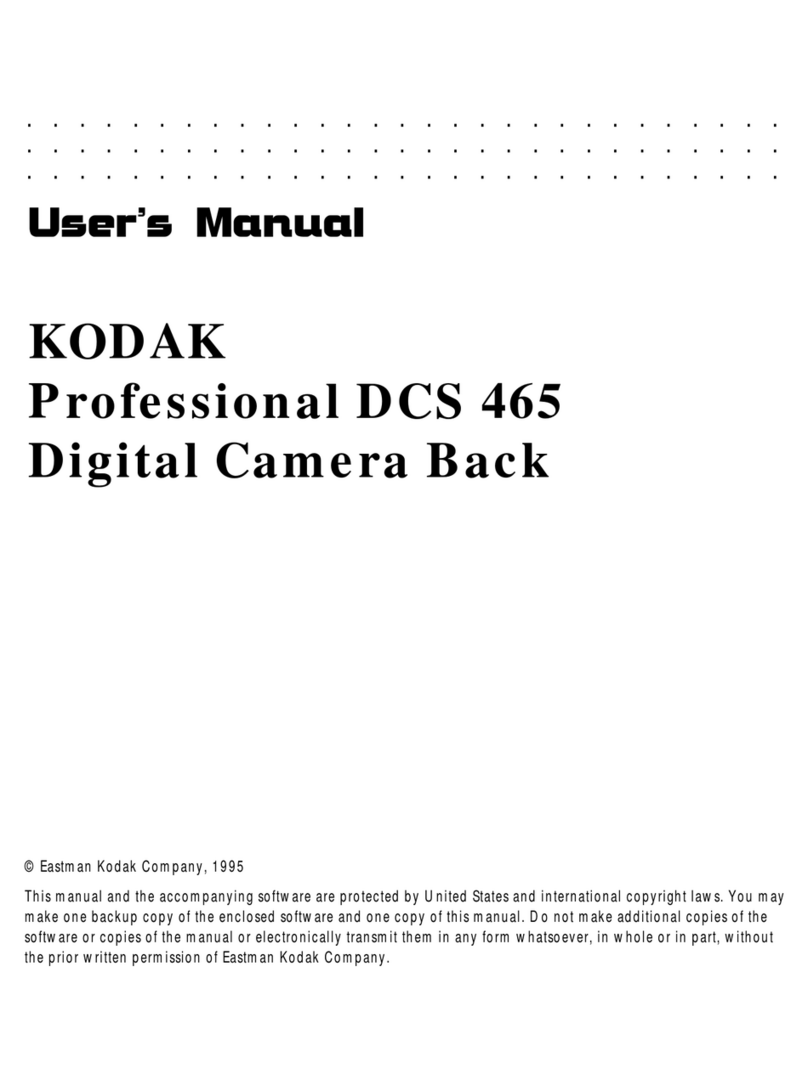
Kodak
Kodak DCS 465 User manual
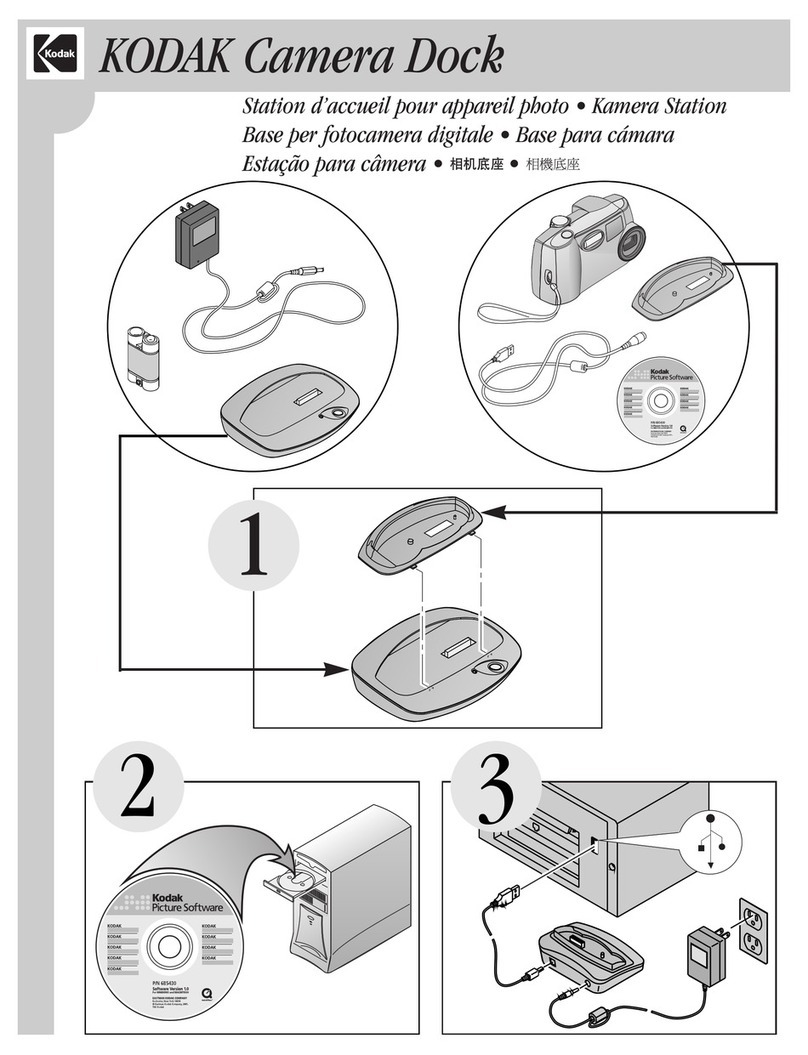
Kodak
Kodak EasyShare printer dock User manual

Kodak
Kodak PHOTO GEAR TRIPOD + MONOPOD User manual
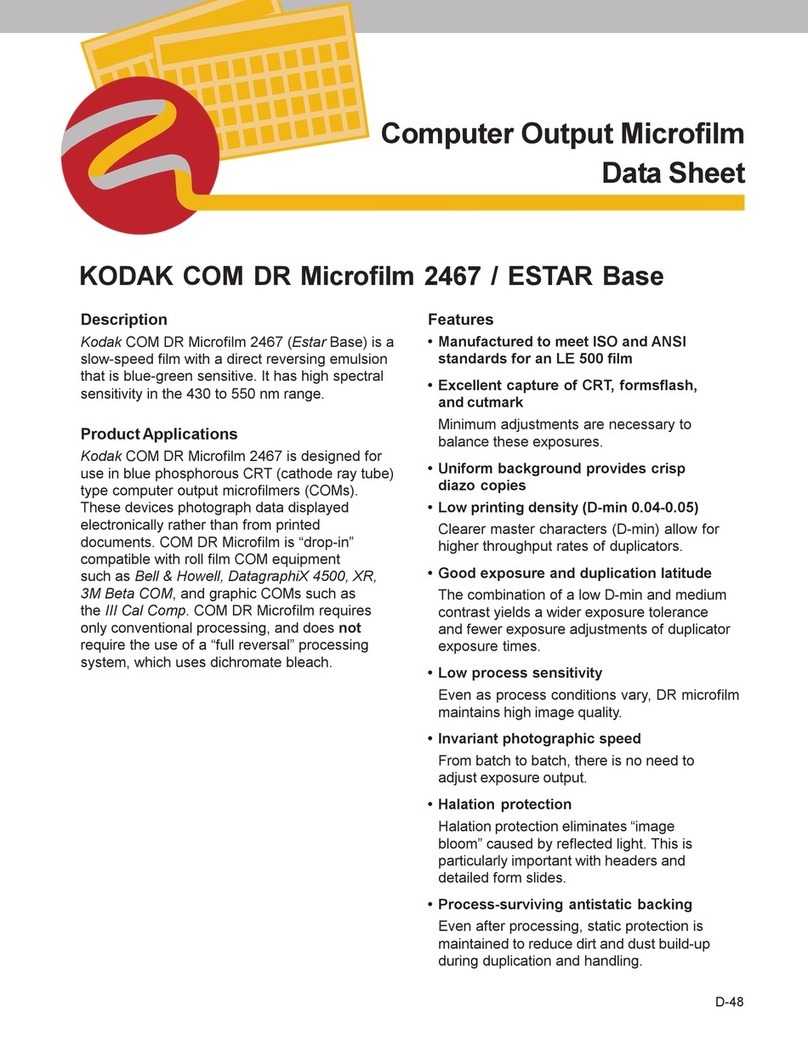
Kodak
Kodak Com DR 2467 User manual
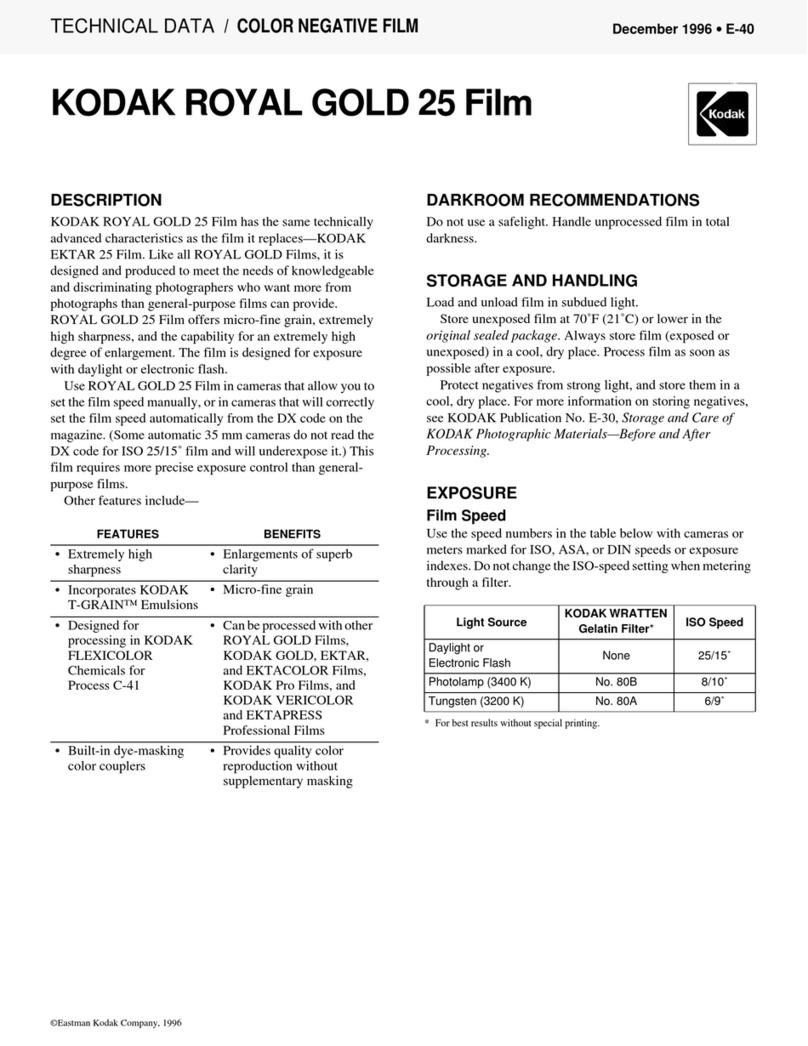
Kodak
Kodak ROYAL GOLD 25 E-40 Instruction manual
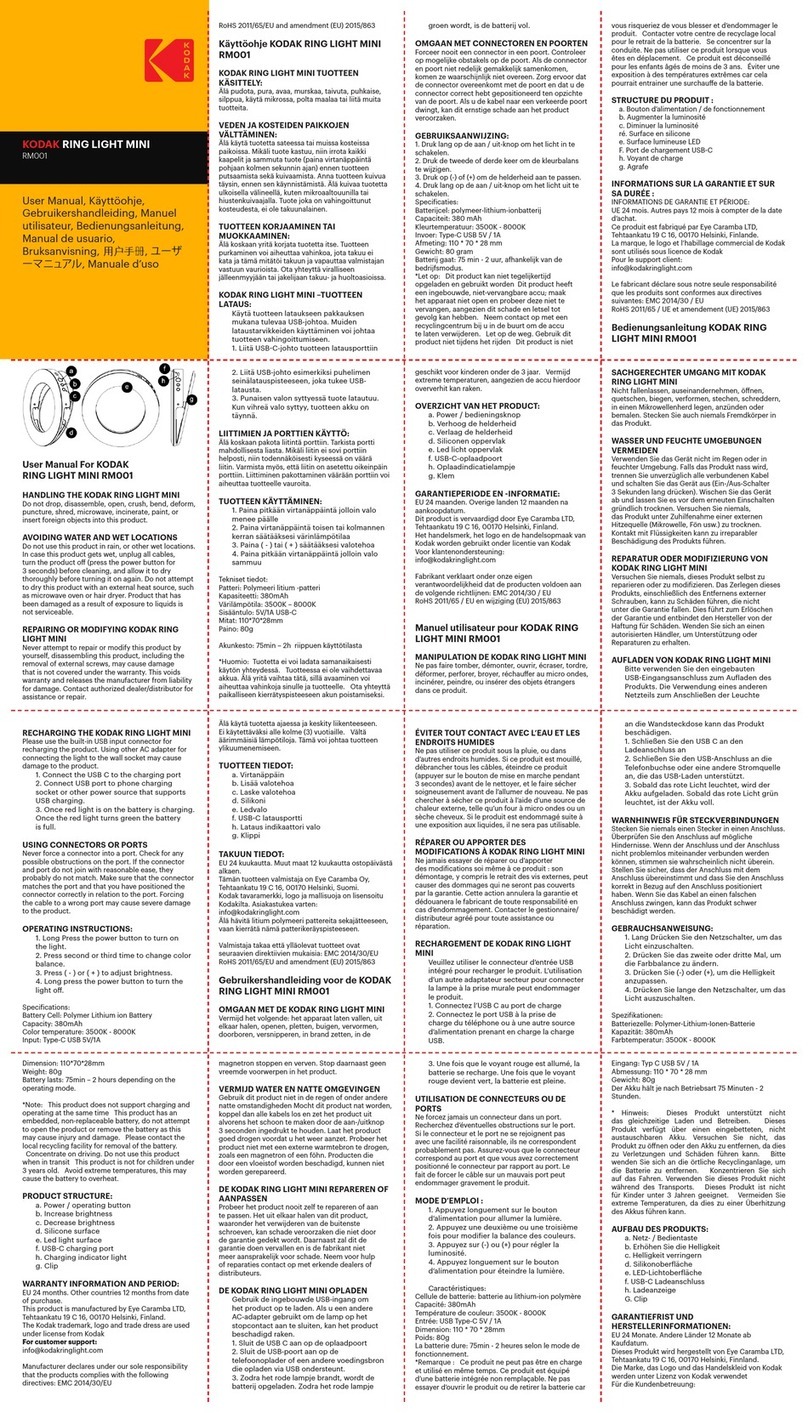
Kodak
Kodak RING LIGHT MINI RM001 User manual
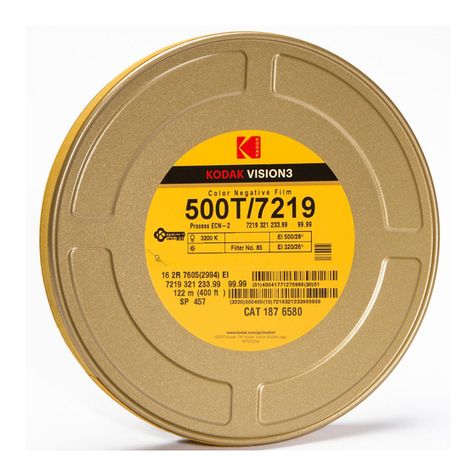
Kodak
Kodak 5219 Instruction manual
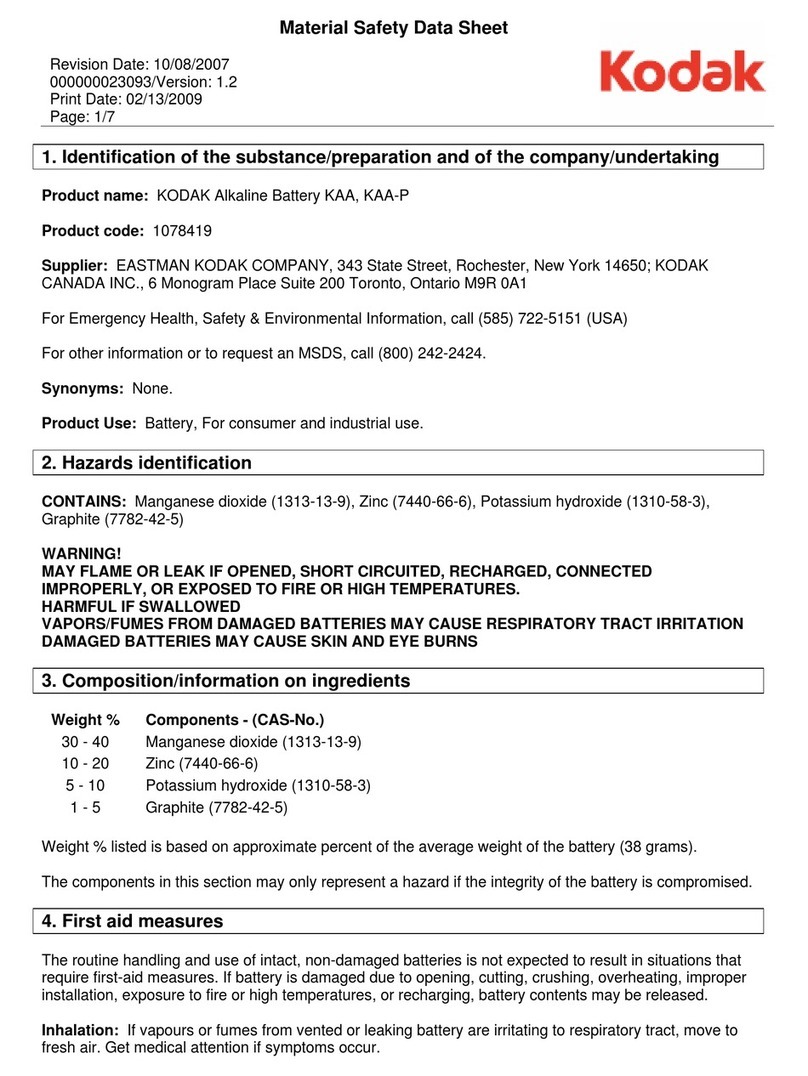
Kodak
Kodak 1078419 Operating and maintenance instructions

Kodak
Kodak K640 User manual
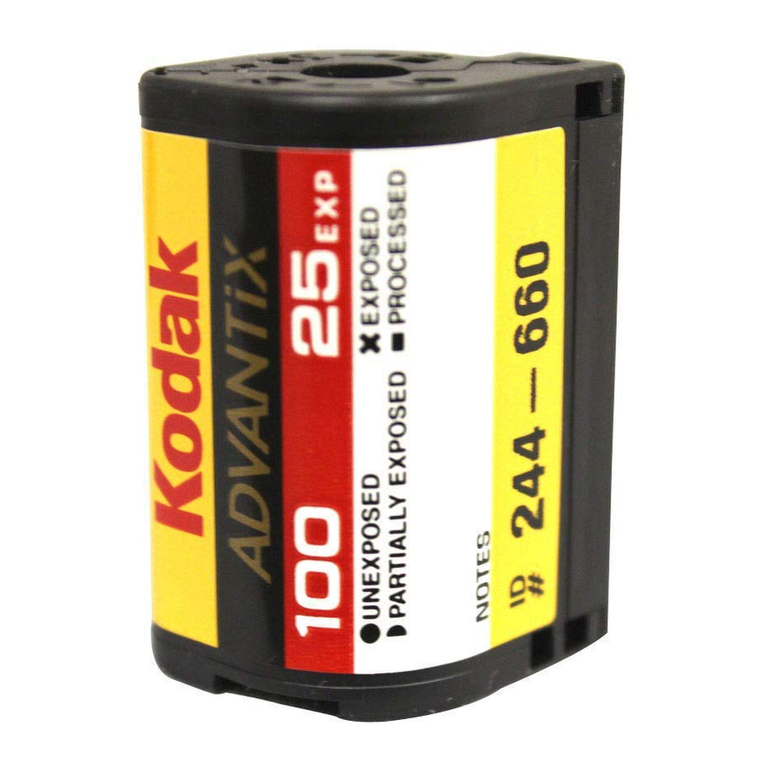
Kodak
Kodak ADVANTIX 100 Instruction manual

Kodak
Kodak TIB5200 Manual
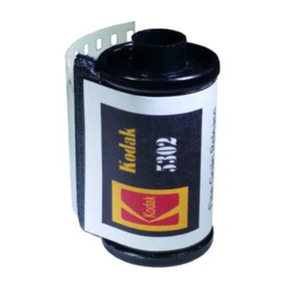
Kodak
Kodak EASTMAN 5302 Instruction manual
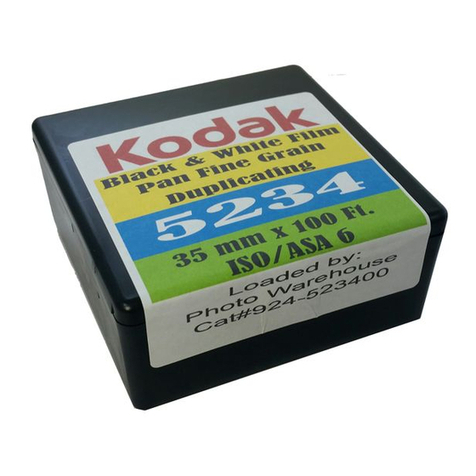
Kodak
Kodak EASTMAN 5234 Instruction manual
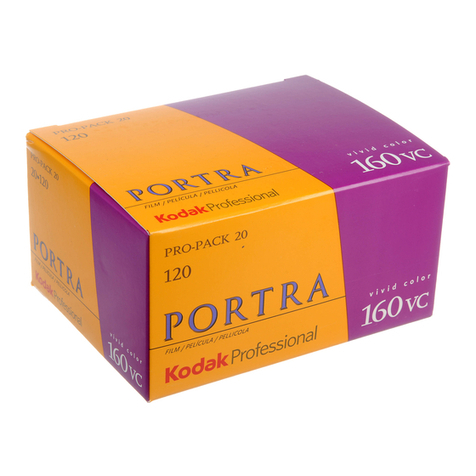
Kodak
Kodak PROFESSIONAL PORTRA 160NC Instruction manual

Kodak
Kodak VISION2 250D 5205 User manual

Kodak
Kodak PROFESSIONAL P-255 Instruction manual

Kodak
Kodak PHOTO GEAR User manual
Popular Camera Accessories manuals by other brands

Calumet
Calumet 7100 Series CK7114 operating instructions

Ropox
Ropox 4Single Series User manual and installation instructions

Cambo
Cambo Wide DS Digital Series Main operating instructions

Samsung
Samsung SHG-120 Specification sheet

Ryobi
Ryobi BPL-1820 Owner's operating manual
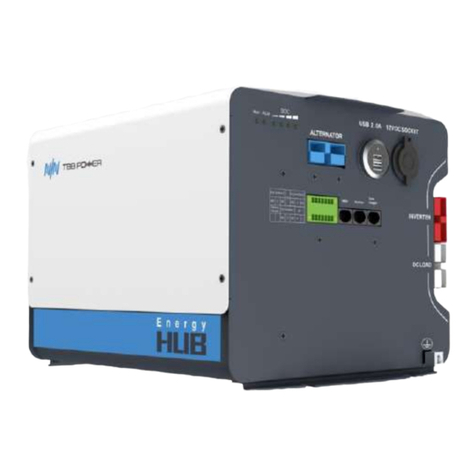
TBB power
TBB power Energy Hub EH128L user manual
